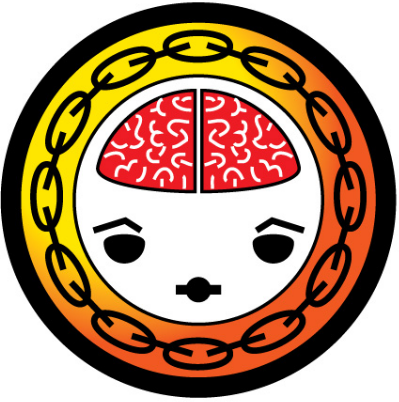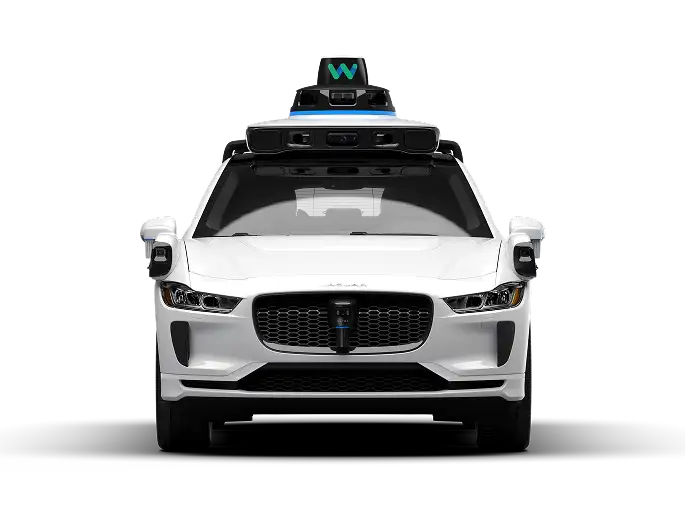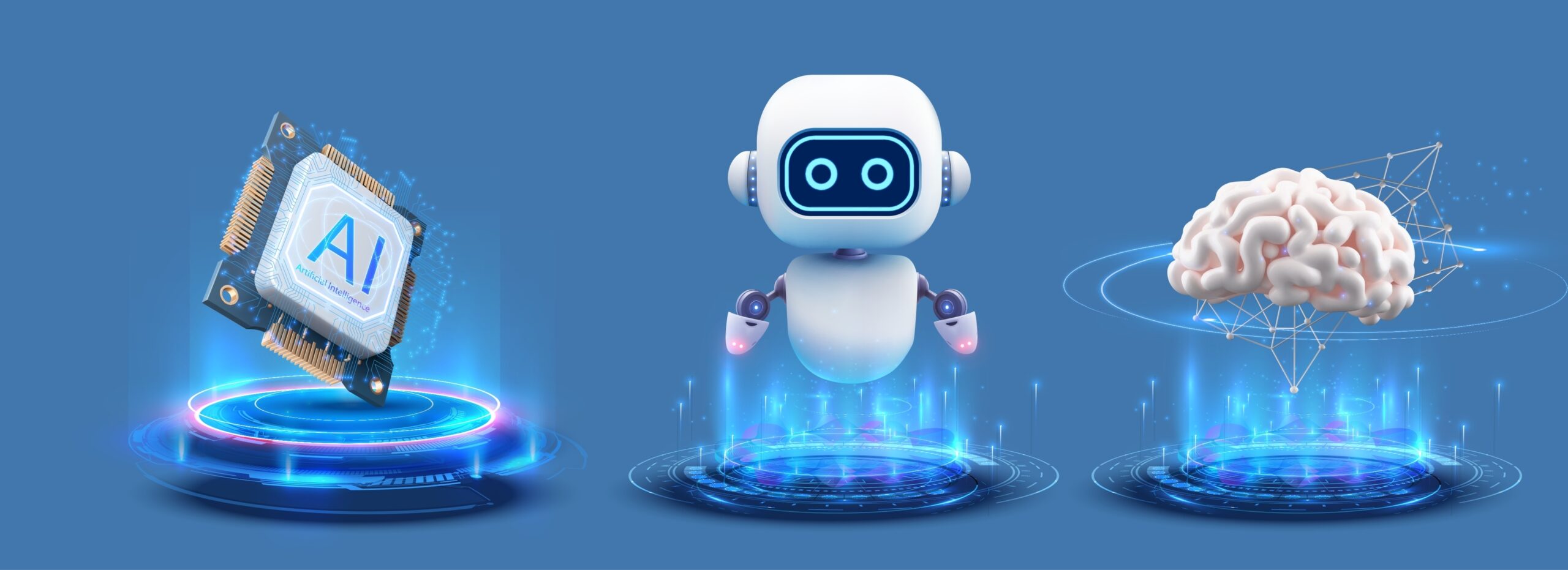Down the street from my house is an abandoned shopping mall. The mall stands as a memorial to the shopping days of the past. The deserted shopping mall is a blight for most cities.

Amazon changed shopping forever. Initially, we purchased books, but today, the reach extends across almost all forms of shopping. Today, I purchased a washing machine and had it installed by Amazon. Who would have ever thought in the 1990s that Amazon would deliver and install a washing machine? Amazon killed the mall.
Yes, the Amazon effect changed shopping, but the impact extended past shopping into the fabric of society, redefining social experiences. Before the days of Amazon. I remember going to the mall on Sunday afternoons with my daughter. The mall was a gathering spot to connect with friends. At the mall, shopping was more than a box in a bag: it was a social event. Yes, we shopped, but we also had lunch, skated, played games, laughed, people-watched, and discussed life. As malls shuttered, the social experience evaporated.
Ecosystem Evolution
Today, the ecosystem of supply chain software is changing. The shifts are gradual, but the impacts will be pervasive. Just as Amazon redefined shopping and disrupted the mall, the evolution of prediction machines and decision support software will render the current business models in the supply chain planning market obsolete. The change will be slow, but we need to prepare.
Today’s supply chain processes evolved in the world of abundance, with few constraints and low variability. With war, climate change, and population shifts, we are moving into an era of managing supply chains in a world of scarcity. To embrace modeling with high variability and unknown outcomes, the technology taxonomy—how we plan–requires change. This is more than supply risk management, which is very limited in scope. Instead, it is broader to balance opportunity and risk for the total supply chain (just not look myopically at supply risk management). The good news is that evolving technology approaches offers answers, but we cannot move forward unless we unlearn and cast-off the paradigm of the past.
The empty mall is an important image for existing consulting and technology organizations. Without a change in their business models, this is their future reality.
Food for Thought. The Evolution
Why do I say this? The relationship of supply chain leaders with data, planning software, and writing code is changing with profound future impact on technology and consulting business models. Let me explain.
Today, when companies purchase supply chain planning, the focus is on acquiring the best optimization engine to yield an accurate and error-free outcome. While experts may argue about probabilistic versus deterministic optimization and the type of optimizer, note that the discussions are deeply rooted in the world of statistics. Better statistical models to improve supply chain decisions are showcased at the Inforum conferences, and bright statistics professors like Morris Cohen, Hau Lee, David Semchi Levi, and Shridhar Tayur built and sold companies on the development of statistical optimizers to improve supply chain decisions. Statistics have been the core of supply chain predictive machines. This is changing.
As we transition from a world of statistics to machine learning/pattern recognition, traditional paradigms still rule. They are hard to unlearn. Traditionally, structured data is cleansed and pushed into well-defined statistical models with single inputs. (For example, demand planning inputs are usually orders or shipments, and an output is a time-phased forecast for consumption into distribution requirements planning (DRP) and tactical manufacturing planning (planned orders) in MPS.) In the future, the engines driven by Large Language Models and Machine Learning will use multiple inputs in a learning engine based on LLM, agentics, and machine learning. The data will be structured and unstructured.
This is a simple example, but the future shifts are pervasive. The business user’s relationship with technology is profoundly changing as we shift from schema-on-write (think rows and columns of conventional databases) to schema-on-read (think about the world of data science). Here is some food for thought:
- Redefining our Relationship with Supply Chain Planning Models. Historically, supply chain planning models were fixed based on industry requirements. Often SKU-based, the models treated all items equally. The problems were many, but there was no alternative. Companies are usually a mix of industries with multiple supply chains. The one-size-fits-all approach is problematic. In the new world, models are trained using ontological frameworks; there are multiple data inputs, and the models learn on structured and unstructured datasets. These new models are built for continuous learning with ongoing feedback. The world of statistics is giving way to natural language processing and query (a great space for linguistics specialists and writers).
- Redefining our Relationship with Data. Traditional approaches required clean, structured data. In the new world, planning embraces unstructured data, streaming data, image data, and structured data. Data does not have to be clean.
- Embracing Unknowns. Traditional approaches focus on prediction in the world of known/knowns. (A well-defined problem with a known set of outcomes). In the emerging world, companies will use scenario modeling, simulators, and digital twins to model the known/unknowns. (This is where business outcomes are recognized and identified, but the exact outcomes are uncertain. Examples are new product introduction and entry into new markets.) This approach will also embrace the building of planning scenarios for the unknown/knowns. (Examples include earthquakes, disease, and other natural disasters.) And the response for the unknown/unknowns. (Examples include war and pandemics.)
- Redefining our Relationship with Network Design. Traditionally, network design technologies were used in an ad-hoc, periodic cadence to improve a functional outcome. The technologies were great to answer the questions of where to build factories, how to make the right trade-offs in logistics, or right-sizing product portfolios. However, with the improved capabilities (easier to use and faster), network design processes will evolve to make holistic trade-offs across source, make, and deliver monthly prior to a Sales and Operations Planning (S&OP) meeting.
- Redefining our Relationship with Creating Code. Low code, no code, and now query help us to generate code. The days of laborious processes to write code with multiple layers of interpretation between business leaders, process managers, and Information Technologists. For the business leader, the good news is that this process is evolving to self-service.
Impact on Ecosystem
While these may seem like minor changes, consider the impact on the ecosystem that makes money on supply chain strategy, training, and code modifications.
- Strategy. The role of consulting partners in strategic relationships will change as companies build technology platforms to model variability and develop/test scenarios in vitro to respond to unknowns. As the network design technologies become easier to use and more robust, the consulting input for strategic modeling declines.
- Training. Many consulting practices sell training to supply chain centers of excellence. These traditional training approaches based on the theory of constraints focused on transactional efficiency and supply chain physics with a focus on functional excellence. The evolution of large language models and simulation to drive continuous learning based on insights of actual supply chain capabilities deployed as a complex, non-linear solution to drive a cross-functional balanced scorecard is new. Education is focused on helping business leaders understand the potential of the supply chain.
- Code Development. The laborious processes of writing code become easier, requiring less consulting labor. The evolution of digital twins, simulation, and what-if analysis to drive insights for known/unknowns (an opportunity for digital twins), simulators for unknown/knowns, and unknown/unknowns (listening and response).
So, if you are a supply chain leader, what do you do? Consider building large language models to help with training, and invest in pilots to help your team to rethink the future. I would take my foot off the gas on large supply chain planning rollouts until the dust settles.
An Aside
I was at o9 Solution’s AIM 10X event last week, and I would be remiss if I didn’t mention the Workday partnership with Kinaxis. O9’s vision is an enterprise knowledge graph to connect revenue management, finance, and supply chain. Kinaxis’ partnership with Workday has a similar promise as does the evolution of KetteQ (built on the Salesforce.com infrastructure).
As I listen to the attempt to string these decision support processes together, I struggle. Wouldn’t it be nice to effectively connect revenue management to finance planning to supply chain processes? I agree, but it is not that is easy.
While it is the goal of many, but there are three inherent issues.
- Lack of Rational Actors. While there are obstacles to implementing the technology, the larger issue lies in the fact that these organizations are not aligned at a process or a bonus-incentive level. When sales bonus structures are based on volume sold, a disciplined approach to revenue management is a non-starter. As a result, most companies shift demand rather than shape it. (Demand shaping increases the baseline lift, whereas demand shifting moves the shipment from one period to another.) Demand shifting increases costs and amplifies the bullwhip, whereas demand shaping increases growth.) There is no solution available in the market to measure shaping versus shifting. Today, most organizations shift demand and lack the discipline to measure demand shaping.
- Connection of Inside-out and Outside-in Models. Supply chain processes are based on inside-out models (definition of location is a factory or a distribution center), while commercial processes are outside-in (definition of a location is the channel). The latency between when a product is sold and the receipt of an order can be weeks or even months. Today, there is no translator between outside-in and inside-out models.
- Clarity of Strategy and Alignment of Metrics. When the supply chain is rewarded for improving costs and sales is rewarded for revenue, no one wins. Companies need balanced scorecards and disciplined measures across these processes. In our new world, I am hopeful that we can begin to measure and action new measurement systems: Forecast Value-Added (FVA), Demand Shifting versus Shaping, inventory health based on FVA, and minimization of the Bullwhip Effect. But this assumes that we can move to a balanced scorecard and align to a common strategy. Unfortunately, this is the case for only 2% of companies.
So, how do we evolve to outside-in processes while redefining our relationship with data, code, and models? The answer is evolving, but it starts with a clear vision of what is possible. See why I believe that the evolution of agentic AI on existing supply chain planning models equivocates to AI stupid? Or why training on outside-in processes is so critical. (Follow the link to get insights from prior students that have taken the class previously.) This is the third year that I have taught the class. The class is free and virtual and offered to try to help teams rethink supply chain processes by better understanding the Art of the Possible in technology. ( Click the link to view the curriculum and if interested drop me a direct message in Linkedin.) My goal is to stop the vicious circle of the Artificial Intelligence (AI) hype cycle. Supply chains are too important to AI stupid.
Just think, the deserted mall picture of the listings of stores could be replaced by your supply chain planning Gartner MQ shortly. It is that out of date.

The times they are a changing. I look forward to hearing your thoughts.







